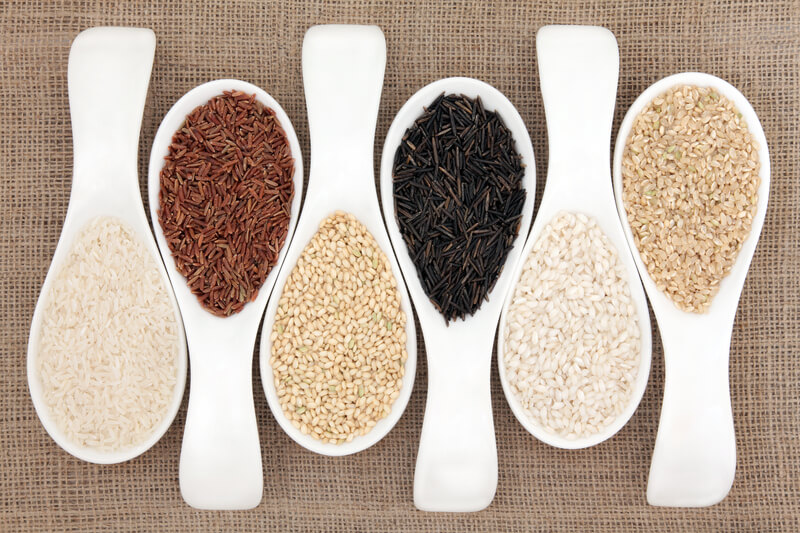Beer, rice and oats in the gluten-free diet prompt scientific review

By Amy Ratner, Beyond Celiac Science and Medical News Analyst
Three foods that frequently raise questions for people with celiac disease who are following the gluten-free diet are being looked at more closely by scientists.
Gluten-removed beer, rice and oats were all recently in the news:
The GIG study, which was published in the Journal of AOAC International, compared how blood samples reacted to gluten-removed beer, which is made with barley then processed with enzymes to break down gluten proteins, and gluten-free beer, which is brewed from naturally gluten-free grains, including sorghum and brown rice. The study, which included 31 celiac disease patients, examined whether proteins in both types of beer were recognized by antibodies in the blood. While the gluten-free beer did not cause a reaction, the gluten-removed beer did.
Researchers noted that this was a proof of concept study and that a larger study is needed to determine the risk from gluten-removed beer.
Gluten-removed beers have not been accepted as safe by celiac disease experts. Additionally, the Alcohol and Tobacco Tax and Trade Bureau (TTB), which regulates beer made from barley, does not allow a gluten-free label on gluten-removed beers. Gluten-removed beers can have labels that say they are processed to remove gluten but also have to note that they may still contain gluten.
Rice has higher levels of inorganic arsenic than other foods, in part because as rice plants grow, the plant and grain tend to absorb arsenic more readily than other food crops, according to the Food and Drug Administration.
The gluten-free diet often includes products made with rice as a substitute for gluten-containing wheat flour. Consequently, concerns have been raised about whether this increased consumption of rice puts those on the gluten-free diet at increased risk for exposure to arsenic.
The University of Illinois study, published in the journal Epidemiology, looked at data from the National Health and Nutrition Examination Survey (NHANES) to determine if there is a link between the gluten-free diet and biomarkers of toxic metals in blood and urine.
It found 73 participants who reported eating a gluten-free diet among the 7,471 who completed the survey, between 2009 and 2014. Participants ranged in age from 6 to 80 years old.
People who reported eating gluten-free had higher concentrations of arsenic in their urine, and mercury in their blood, than those who did not. The arsenic levels were almost twice as high for people eating a gluten-free diet, and mercury levels were 70 percent higher.
Maria Argos, assistant professor of epidemiology in the UIC School of Public Health and a study author, said more research is needed “to determine if there are corresponding health consequences.”
You can read more about the study here.
After the FDA issued gluten-free labeling rules that allowed the use of oats in gluten-free products if the finished food met the standard of less than 20 parts per million of gluten, food companies increasingly started to use oats that had been processed to remove gluten. Previously, only specialty oats that were grown, harvested, transported and milled to be gluten-free were allowed in gluten-free foods.
A variety of methods to remove gluten and to test how thorough that process is are being used. The AOAC is now working to standardize measurement of gluten in oats in a project supported by food companies including General Mills, Quaker Oats, and Grain Millers Inc., as well as testing companies including R-Biopharm and Romer Labs.
An AOAC working group had earlier concluded that quantitative methods based on ELISA technology are needed to determine gluten levels in rolled oats, oats flour, finished products with oats and more. ELISA stands for ‘Enzyme Linked Immuno Sorbent Assay’ and is an immunochemical method to detect and quantify a protein.
You can read more about that effort here.
You can stay up-to-date on all the research related to celiac disease by signing up for our Research Opt-In here.
Opt-in to stay up-to-date on the latest news.
Yes, I want to advance research No, I'd prefer not to